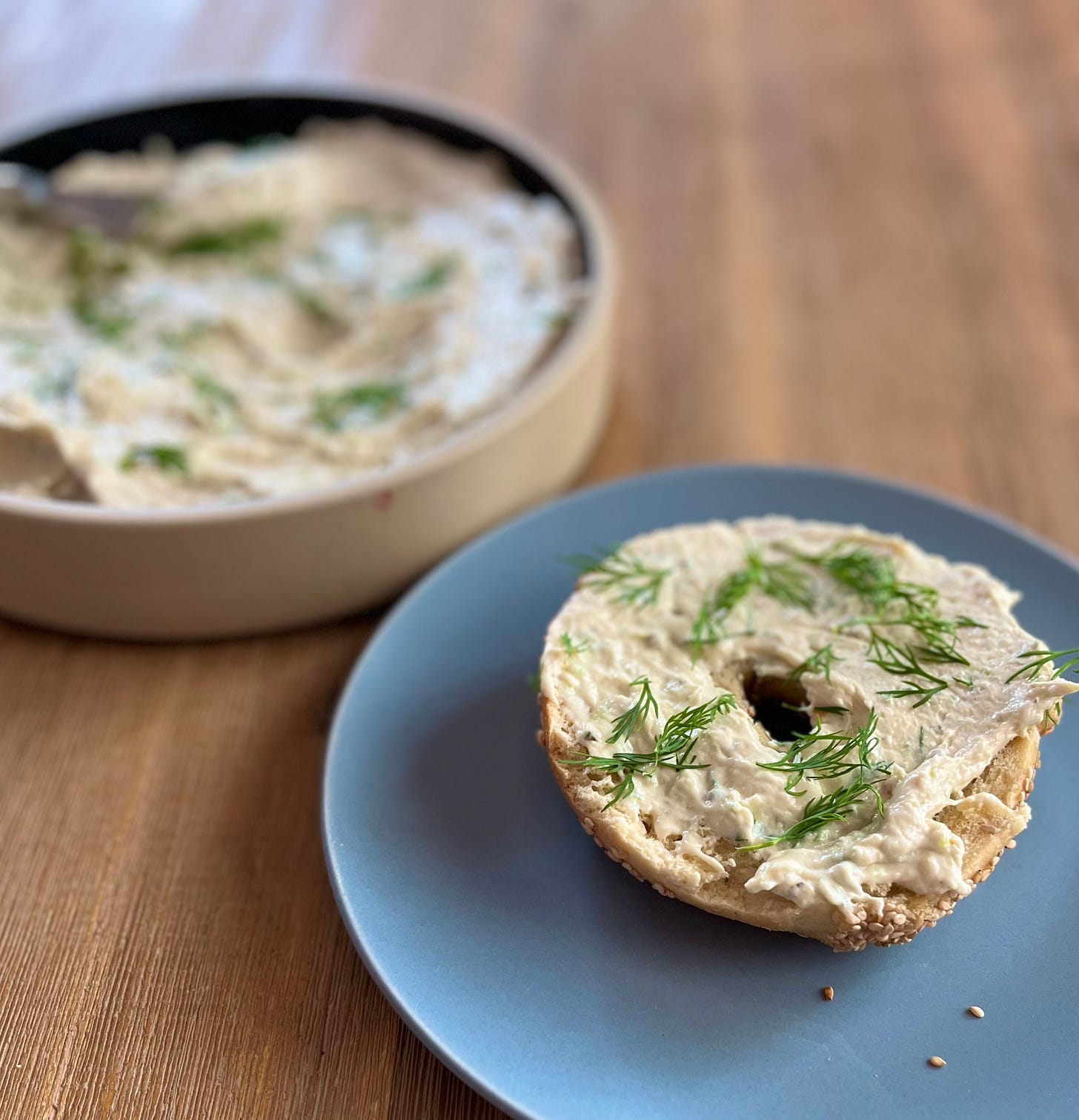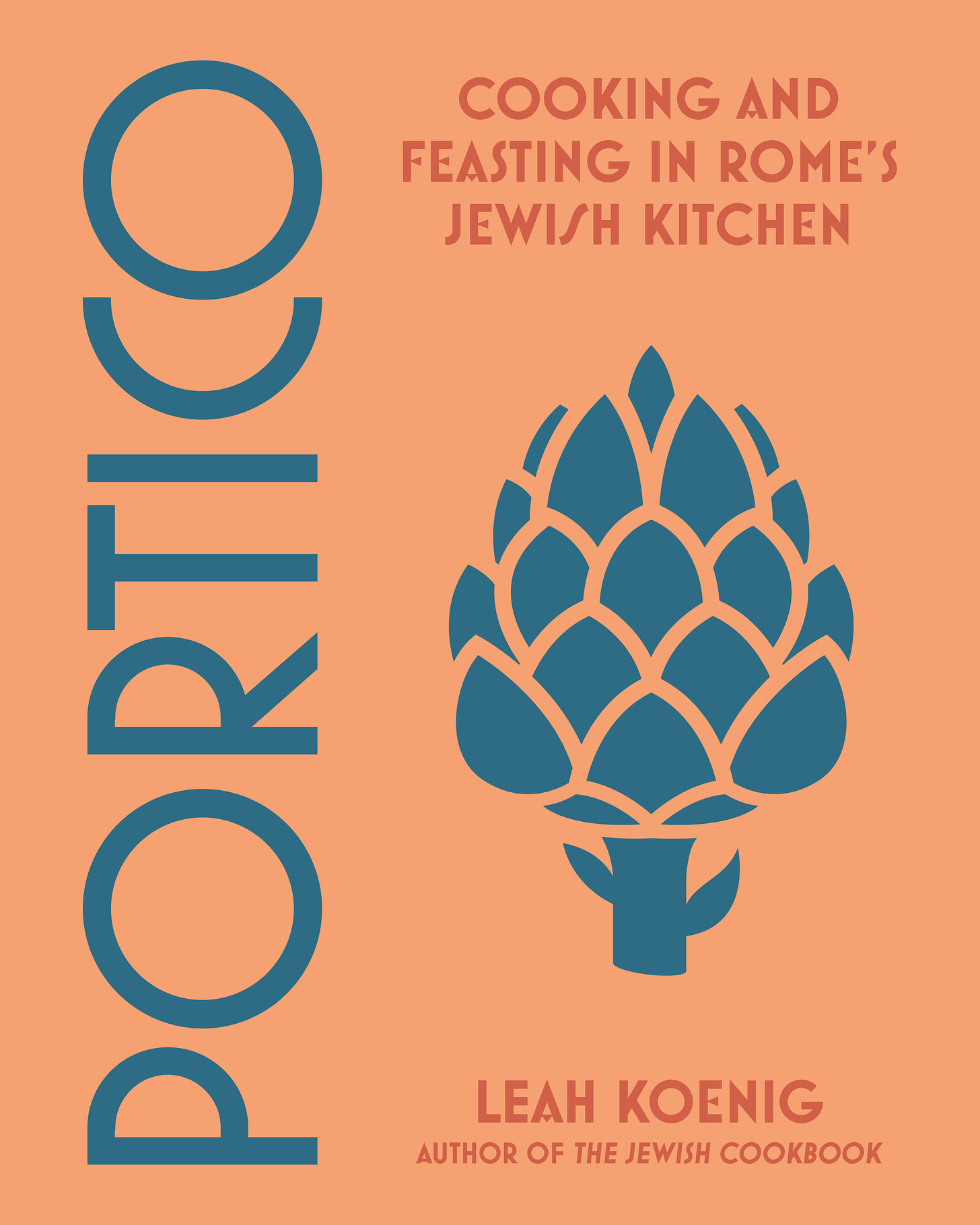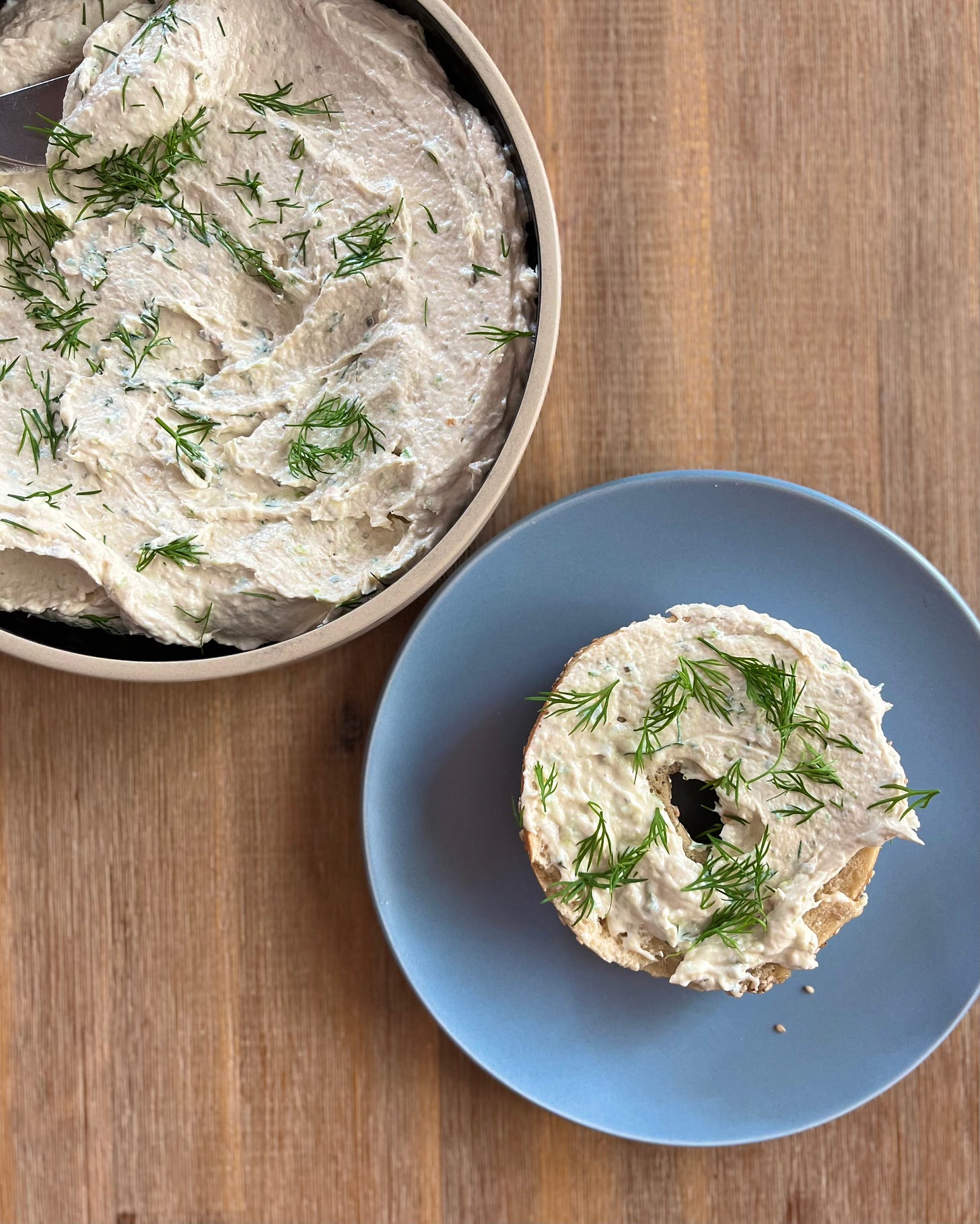Earlier this month, I teamed up with two of my favorite food folks, Kat Romanow (of The Wandering Chew) and Micah Siva (of Nosh with Micah), to lead a bagel making workshop and Jewish brunch on the Lower East Side.
Behind the scenes it was a bit chaotic (picture flour and sesame seeds flying everywhere!), but everyone had a lovely time kibbitzing and rolling New York and Montreal-style bagels. The brunch table was laden with top notch pickles, remarkably delicious cold brew, and NYC’s most famous babka. Plus, our collective schmear game was next-level.
Kat contributed a preserved lemon cream cheese (yum), while Micah stirred up one herby spread with za’atar and another spiked with chili crisp (yum yum). And I made a Smoked Trout Spread inspired by a recipe in my 2017 cookbook, Little Book of Jewish Appetizers, that blitzes together cream cheese, lemon juice, capers, and scallions with flaked smoked trout.
The spread glides across a bagel like a creamy, briny, lightly smoky dream. It would make a flavorful dip for a tray of fresh veggies or pita chips, and would melt luxuriously over a warm omelet. It was a runaway hit with the bagel class attendees, and I am excited to share the recipe with you below.
But first, here are a few photos from the class and a little smoked fish primer for all the aspiring Jewish brunch aficionados out there.
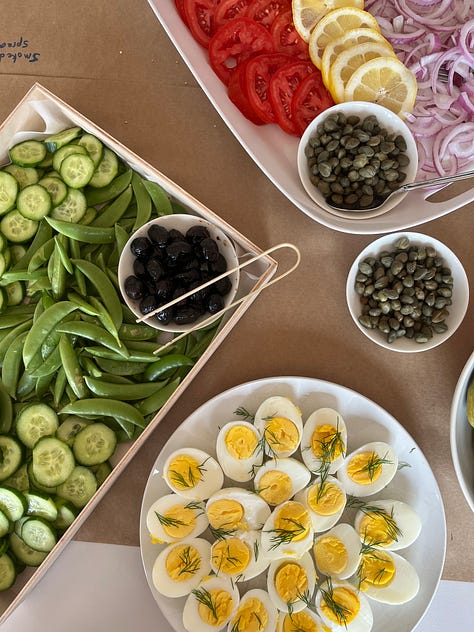
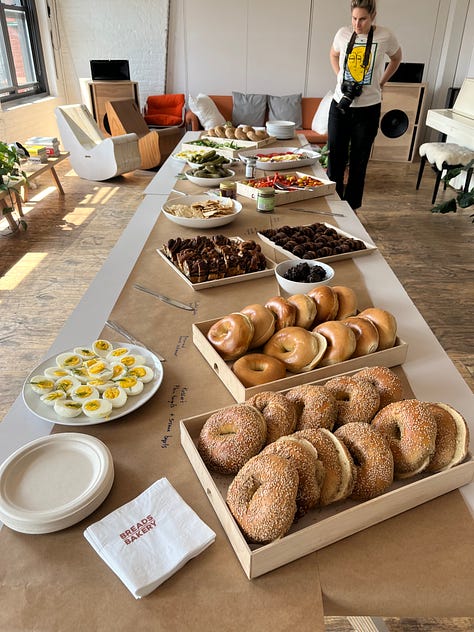
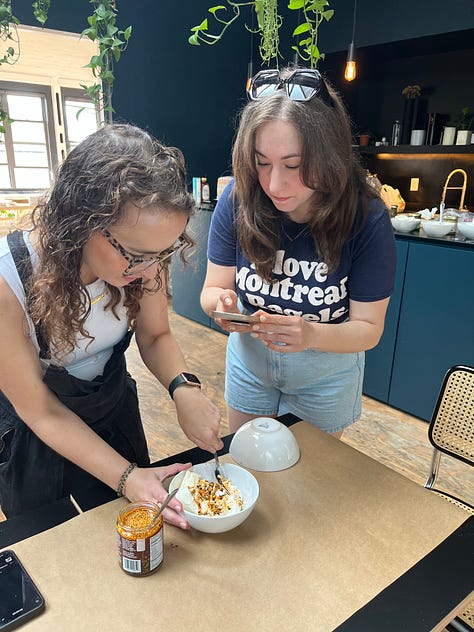

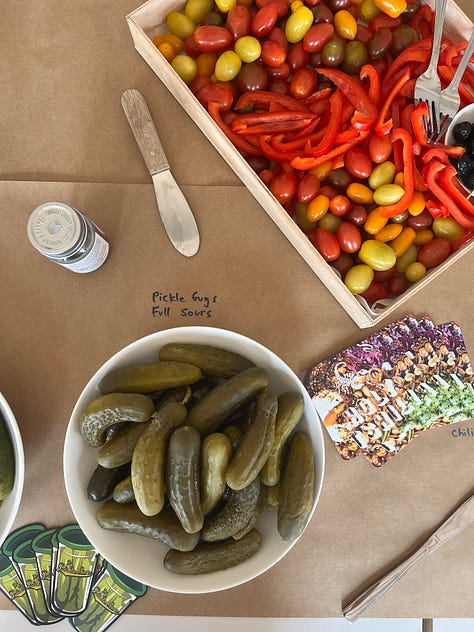
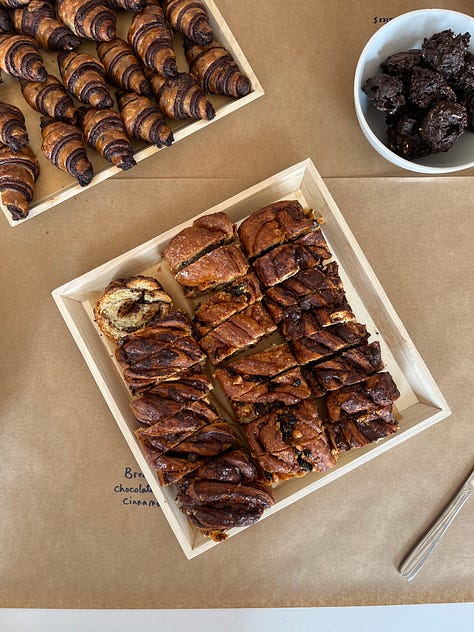
No Smoke, Cold Smoke, Hot Smoke, Oh My! A Jewish Fish Primer
Have you ever stood at a fish counter or grocery store fish case and wondered what the heck you’re even looking at? Or picked up a package of slippery pink salmon and wondered how it differs from the one next to it? Me too. Here’s a basic primer on smoked fish to guide you while you shop for your next Jewish brunch spread.
Lox
The word lox (which stems from the Yiddish and German words for salmon, “laks” and “lachs,” respectively), has become a catchall term for all types of cured salmon. But lox and smoked salmon are not the same thing. True lox has no smoke involved at all. Instead, it is made from salmon fillets that are cured with salt alone. Think a half sour pickle, but salmon instead of cucumber. Lox, sometimes called belly lox (when the fillet comes from the fatty part of a fish’s belly) is silky in texture, fresh and clean-tasting without a hint of smoke, and can be intensely salty.
Gravlax
The Scandinavian take on cured fish, which has become popular on Jewish brunch tables, is also unsmoked. But unlike lox, which is cured with just salt, gravlax brine usually also includes sugar and some flavorings like fresh dill, lemon juice, or a shot of Aquavit. So it’s lox, but dressed up and feeling fancy.
Cold Smoked Fish
Cold smoked fish, typically salmon, is without a doubt the MVP of the Jewish brunch table. Most of the packaged smoked salmon (sometimes called Nova lox) you find at the store is cold smoked. That means the fillets or side of salmon are brined and then slowly smoked over wood at very low temperatures, typically between 85 and 90˚F. The smoking process imparts a woodsy flavor, but does not dramatically change the texture of the fish.
Hot Smoked Fish
Hot smoking fish results in a totally different product from cold smoking. And in my opinion, it is where things get interesting (and palatable, since I find lox and cold smoked salmon far too fishy). The term refers to fish filets that are brined and then cooked over wood at higher temperatures, usually between 120 and 150˚F. In addition to the smoky flavor, the heat mellows the fillets’ fishiness and gives it a luscious, almost buttery texture that flakes at the touch of a fork. In Jewish food parlance, hot smoked salmon is sometimes called kippered salmon. But hot smoking techniques are also used with other fatty fish including trout, sable, cod, sturgeon, and whole white fish.
Going on Tour with Portico
Speaking of food events, the countdown to Portico: Cooking and Feasting in Rome’s Jewish Kitchen’s publication day (Aug 29) is around the corner, and I am getting ready to celebrate with YOU!
As of now, there are dates on the calendar for Manhattan and Brooklyn, New Jersey, Boston, Washington DC, Delaware (Rehoboth), San Francisco, San Diego, Chicago, and Boulder. Several other events are in the works, and I have a handful of fun virtual events with The Nosher, 92Y and American Jewish University on the docket too.
Stay tuned for the full tour schedule, coming soon. Meanwhile, don’t see your city listed? Or do you have a connection to a synagogue, JCC, bookstore etc. that might want to host a book event? Let me know where else I should visit in the comments.
This week’s recipe is for paid subscribers to The Jewish Table. The next free/all-list newsletter is coming in two weeks, and will include an interview with author Anya Von Bremzen about her fascinating new book, National Dish: Around the World in Search of Food, History, and the Meaning of Home. To make the Smoked Trout Spread, and access the newsletter’s full recipe archive, please consider becoming a paid subscriber today. Thank you!
Smoked Trout Spread
Smoked trout can sometimes be challenging to source, which is a shame because it is a highly underrated member of the smoked fish family. If you can’t find it, smoked sable or hot smoked salmon (not lox or cold smoked salmon) also work well in this spread.
Serves 6 to 8
Keep reading with a 7-day free trial
Subscribe to The Jewish Table to keep reading this post and get 7 days of free access to the full post archives.




